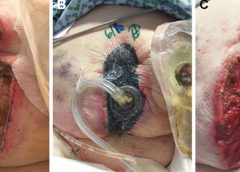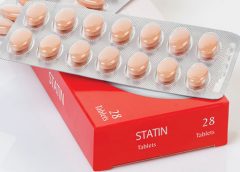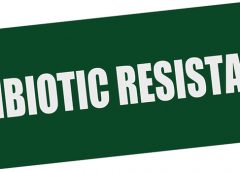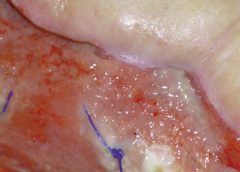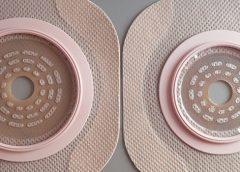Have you ever ridden a bicycle with a wobbly wheel? The ride isn’t smooth, and you notice every bump in the road. As you focus on your discomfort, you may be distracted from the beautiful vistas you’re riding past.
Think of the bicycle as your overall health, which carries you through life. For most of us, learning how to ride a bike begins in childhood as we learn to control the wheels. But with more wear and tear on the bike, the once-pleasant ride becomes uncomfortable and sometimes out of balance. (more…)
Read More

